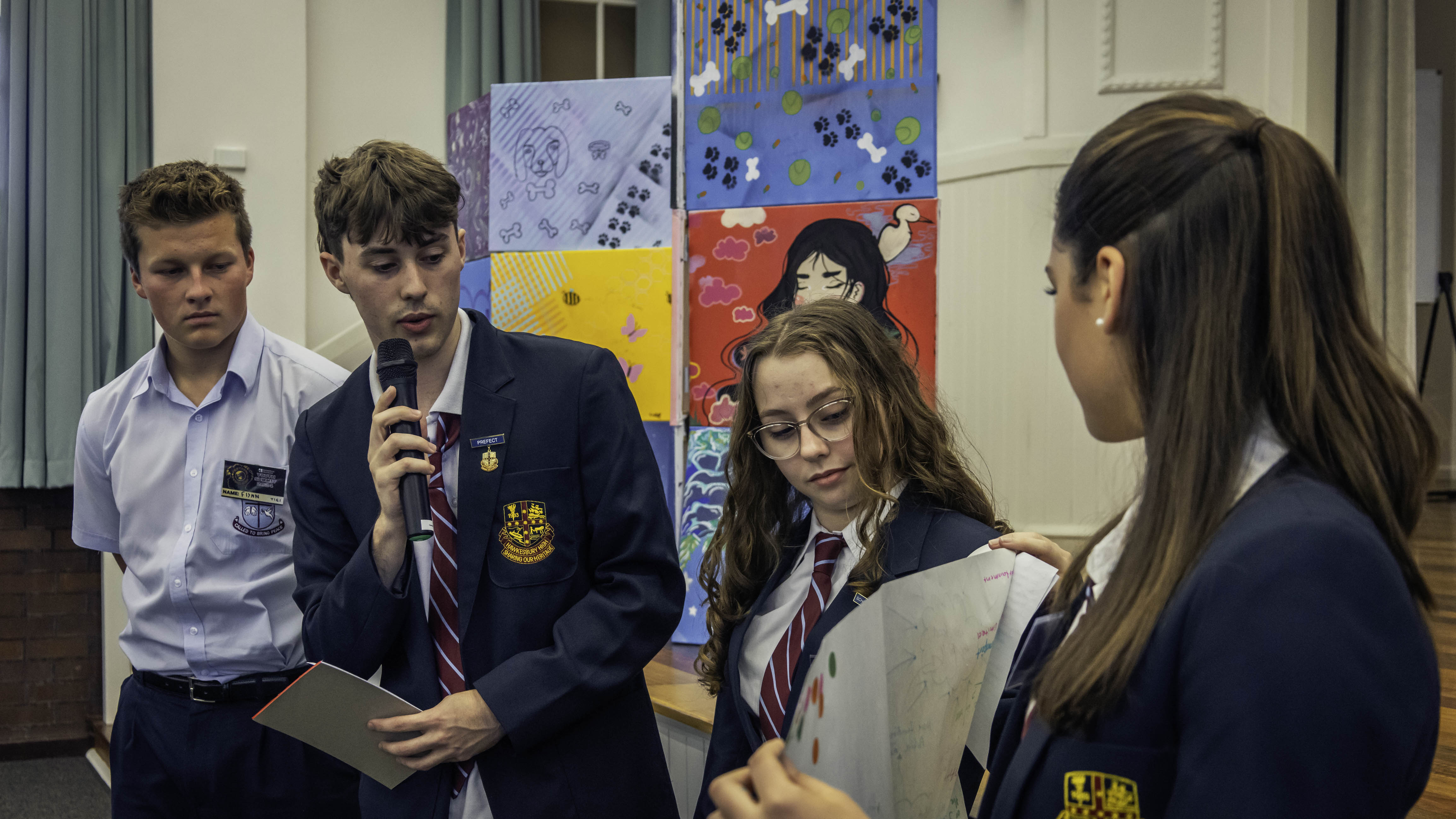A five month stint in Antarctica has turned into 17 months for two expeditioners living and working at Davis research station.
Earlier this year, warm ice temperatures at Wilkins Aerodrome prevented a scientist and technician from flying to Davis station for their winter work program.
Nearing the end of their summer at Davis station and preparing to sail back to Hobart on the Aurora Australis, Bureau of Meteorology forecaster Rachel McInerney and plant operator Wayne Fairhall were asked if they would winter in Antarctica to fill the vacant roles.
The pair are now halfway through their stay, and providing on the ground support for the , which is in its planning phase and preparing an environmental assessment for public release.
Early in their winter, Rachel and Wayne remediated a number of previous monitoring sites in Heidemann Valley, locations considered for the proposed aerodrome.
“We were able to remediate these sites by removing equipment that was measuring characteristics including temperature and pressure and filling in the holes,” Rachel said.
Wayne has assisted in developing an access track from Davis station towards the site of the proposed aerodrome.
The new track will be used to provide access for a geotechnical drilling program planned for next year to further inform the planning phase. Documenting the removal of each rock to ensure the site can be remediated in the future made clearing the 3.5km road a slow process.
Wayne has also been photographing 18 ‘points of interest’ around station and the site of the proposed runway.
“Every month I’m documenting the change at 18 sites so the engineers can understand changes in the environment throughout the winter, which will enable a better understanding of snow coverage over the site and support field work planning.”
Rachel is busy undertaking wildlife surveys, collecting environmental samples and maintaining monitoring equipment.
“We’re monitoring the air quality, dust and weather observations at four sites: in the area of the proposed aerodrome, Adams Flat, Davis station and at a control site near Brookes Hut, which is around 10km from Davis,” Rachel said.
“The data is informing an environmental baseline and will be included in the proposed aerodrome’s environmental assessment.”
Every fortnight throughout winter, a team of four conduct seal surveys in the vicinity of Long Fjord.
“Being outside in winter has many challenges, and in the depths of winter we only had 2-3 hours of daylight, which can make it difficult to count any seals at some of the sites further from station.
“To make the most of the daylight, we combine our survey with an overnight stay at one of the huts,” she said.
Rachel and Wayne are due back in Australia in early 2021.












/SSM-49520_AoA_AppliedMechanicsLab_(DynamicsLab)241001-131027q10.jpg/_jcr_content/renditions/cq5dam.web.1280.720.jpeg)

